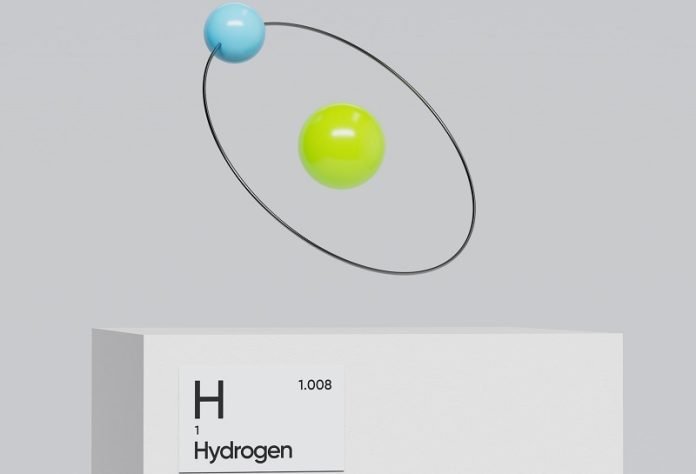
Scientists from the University of Adelaide, Australia, are contributing to a cleaner, greener future!
They’ve made an exciting discovery which could potentially lower the cost of creating green hydrogen, a clean energy source of the future.
To understand this, let’s simplify a bit: imagine green hydrogen like the perfect fuel. It’s super clean, releasing only water when used.
Making green hydrogen involves splitting water into hydrogen and oxygen. The method used is called Proton Exchange Membrane Water Electrolysis, or PEMWE for short.
The only hitch in the process? It requires a very special and very rare metal called iridium. Why iridium, you might ask?
That’s because it’s the only element tough enough to withstand the harsh acidic conditions during the process.
It’s so rare that it’s mainly found in river sediments and is usually extracted as a by-product when we mine for nickel. South Africa happens to be the largest producer of this element.
The scientists, led by Associate Professor Yao Zheng, have found a new way to make iridium work more efficiently during PEMWE.
They’ve discovered a ‘lattice-water-assisted mechanism’, which is a fancy way of saying they’ve arranged water molecules in a special pattern that helps iridium work better.
This increases the efficiency of the iridium catalyst by 5–12%, meaning it can produce more energy while using less power.
In simple terms, this technique means we can get more green hydrogen using less iridium. That’s a big deal because iridium is so rare and expensive. If we need less of it, then producing green hydrogen becomes cheaper.
The researchers believe that their new approach will not only reduce the need for iridium but also give ideas to design even better catalysts for the oxygen evolution reaction, which is a key step in producing hydrogen.
The scientists’ work is still at the early stages, so more research is needed to figure out how to use this method on a large scale.
But it’s a promising start, and their findings have been published in the journal Science Advances.
This is an exciting step forward towards a world where we might be using green hydrogen as a key energy source.
It’s another step in helping us become a carbon-neutral society, tackling climate problems one discovery at a time!




